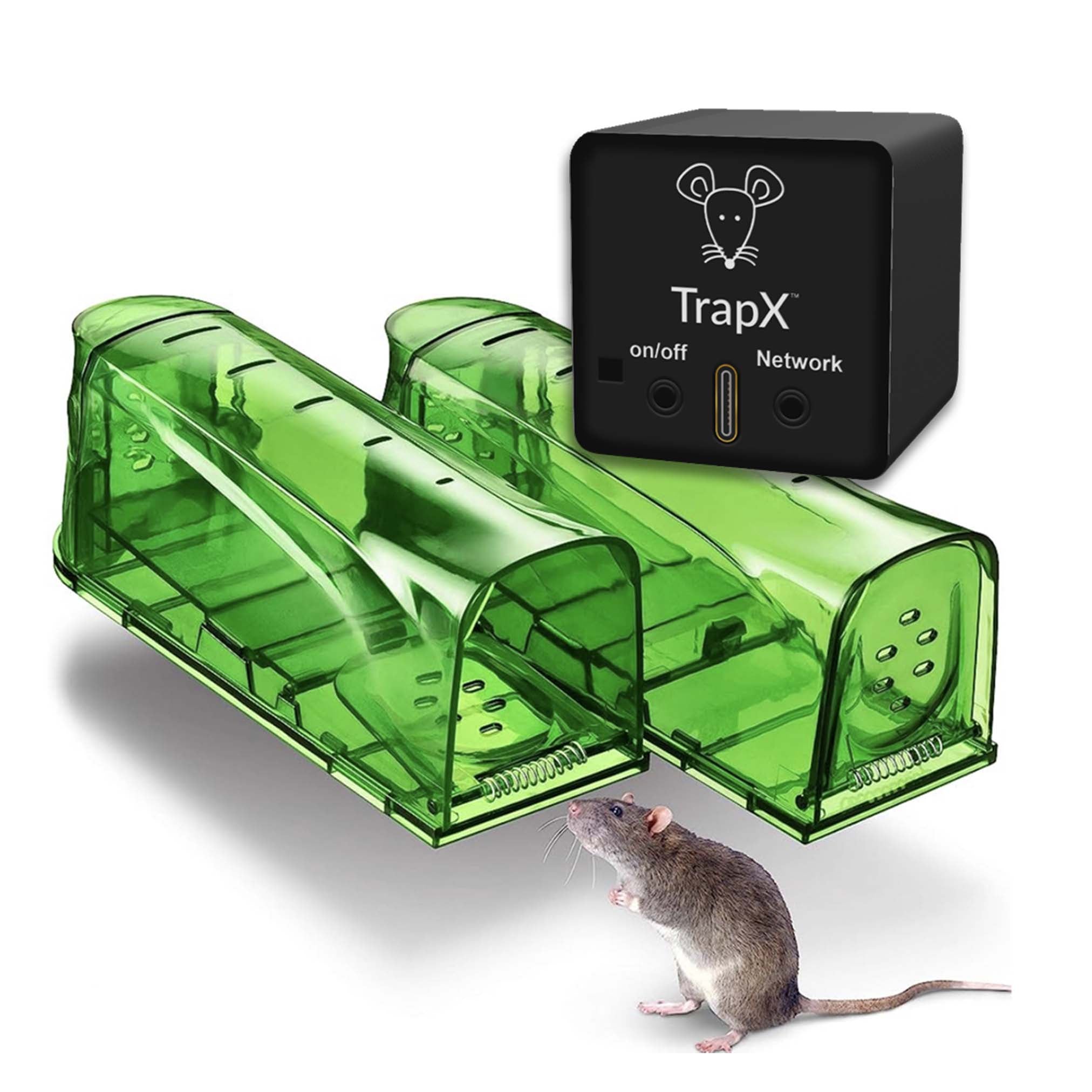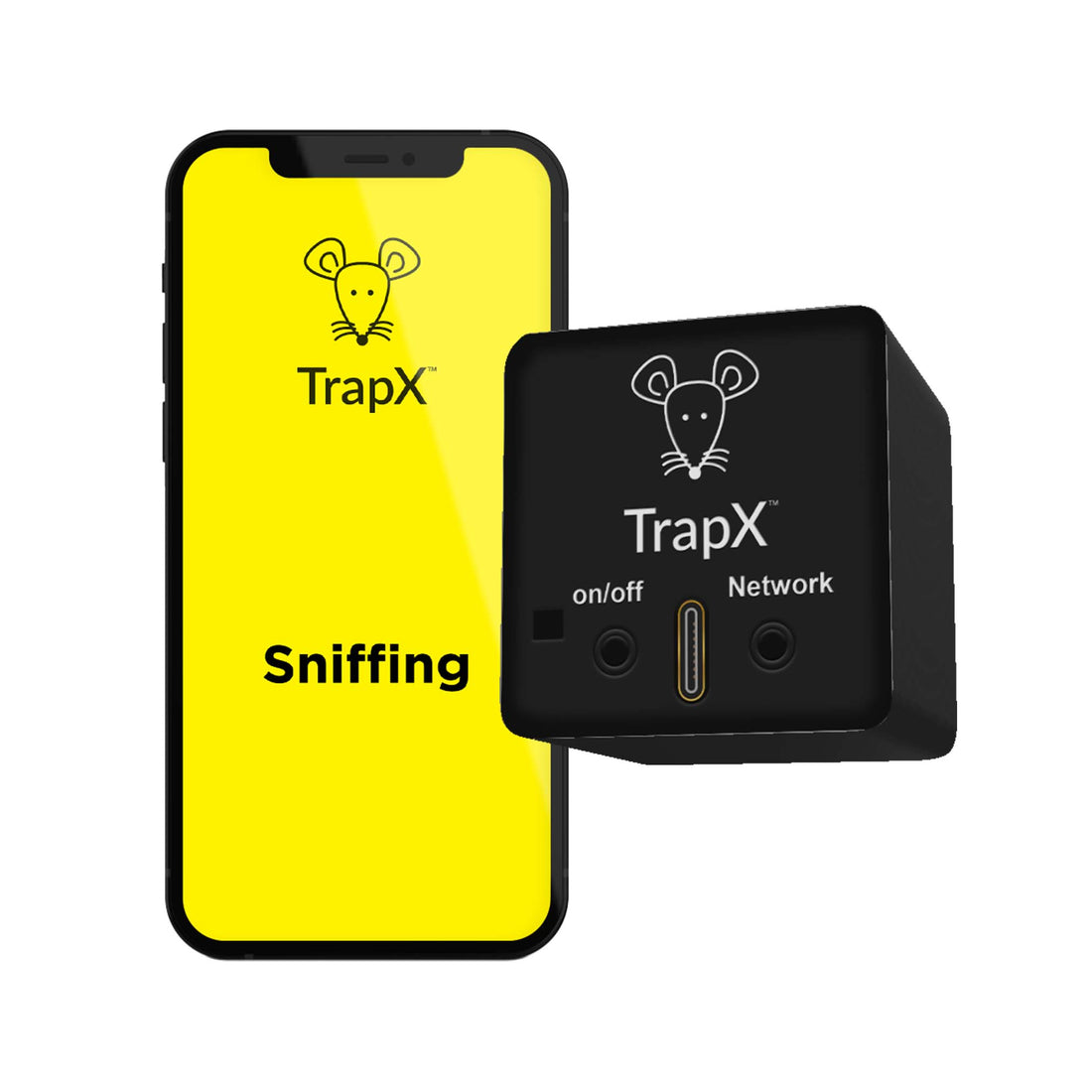Eco-Friendly Mouse Detection: A Guide to Sustainable and Humane Pest Control
Share
When it comes to managing pest problems, particularly those involving mice, there is an increasing awareness and demand for solutions that are both effective and environmentally responsible. Eco-friendly mouse detection has emerged as a popular and essential approach for homeowners, businesses, and pest control professionals alike. In this comprehensive guide, we will delve into the intricacies of eco-friendly mouse detection, why it matters, and how you can implement it in your own space.

Understanding the Need for Eco-Friendly Mouse Detection
Traditional methods of mouse detection and control often involve harmful chemicals and inhumane traps that not only pose risks to the environment but also to non-target animals and even humans. Eco-friendly alternatives prioritize sustainability and humane treatment, ensuring that our pest control practices do not negatively impact the ecosystem.
The Environmental Impact of Conventional Methods
Conventional mouse detection and control methods typically rely on toxic rodenticides and snap traps. These substances can contaminate soil and water, harming wildlife and pets that may accidentally come into contact with them. Additionally, snap traps can cause unnecessary suffering to the mice they capture. Switching to eco-friendly methods helps mitigate these risks and promotes a healthier environment.
Benefits of Eco-Friendly Mouse Detection
There are several benefits to adopting eco-friendly mouse detection techniques:
- Environmental Safety: Reduces the use of harmful chemicals and pesticides, protecting the surrounding ecosystem.
- Human and Pet Safety: Minimizes the risk of accidental poisoning and injuries to non-target animals and humans.
- Humane Treatment: Utilizes methods that cause minimal suffering to the mice, aligning with ethical pest control practices.
- Sustainability: Encourages long-term solutions that do not deplete natural resources or cause ecological harm.

Eco-Friendly Mouse Detection Techniques
There are various eco-friendly mouse detection methods available, each with its unique advantages. Here are some of the most effective techniques:
1. Live Traps
Live traps are designed to capture mice without causing them harm. These traps allow you to release the captured mice back into the wild, far away from your home or business. Ensure that you check live traps regularly to avoid causing distress to the trapped mice.
For more information on humane pest control methods, visit our humane pest control blog.
2. Ultrasonic Repellents
Ultrasonic repellents use high-frequency sound waves to deter mice from entering your space. These devices are non-toxic and safe for humans and pets. However, their effectiveness can vary, so it's essential to choose a reputable product and combine it with other eco-friendly methods.
3. Natural Deterrents
Natural deterrents such as peppermint oil, cloves, and ammonia can be used to keep mice at bay. These substances have strong scents that mice find unpleasant, discouraging them from entering treated areas.
4. Seal Entry Points
Prevention is a crucial aspect of eco-friendly mouse detection. Inspect your property for potential entry points and seal them with materials like steel wool, caulk, or mesh. This proactive approach can significantly reduce the likelihood of a mouse infestation.
Learn more about preventing rodent infestations on our rodent infestations page.
5. Eco-Friendly Monitoring Systems
Eco-friendly monitoring systems use non-toxic baits and remote monitoring technology to detect mouse activity. These systems provide real-time data, allowing for prompt and targeted action. They are an excellent option for both residential and commercial properties.
Explore our range of eco-friendly monitoring solutions on our ethical pest control page.

Implementing Eco-Friendly Mouse Detection in Your Home
Implementing eco-friendly mouse detection in your home involves a combination of proactive measures and the use of sustainable products. Here are some steps to help you get started:
Step 1: Identify the Problem Areas
Conduct a thorough inspection of your property to identify signs of mouse activity, such as droppings, gnaw marks, and nesting materials. Note any potential entry points and areas where mice are most likely to be found.
Step 2: Choose the Right Methods
Based on your inspection, select the eco-friendly mouse detection methods that best suit your needs. A combination of live traps, ultrasonic repellents, natural deterrents, and entry point sealing is often the most effective approach.
Step 3: Implement and Monitor
Set up your chosen detection and control methods, ensuring they are correctly placed and maintained. Regularly check and monitor these methods to assess their effectiveness and make any necessary adjustments.
Step 4: Maintain a Clean Environment
Keeping your home clean and free of food debris is essential in preventing mice from being attracted to your space. Store food in airtight containers, dispose of garbage regularly, and keep areas such as kitchens and pantries clean and tidy.
Step 5: Educate Yourself and Others
Stay informed about the latest eco-friendly mouse detection techniques and products. Share your knowledge with family, friends, and neighbors to promote sustainable and humane pest control practices within your community.
Conclusion
Eco-friendly mouse detection is not only a responsible and humane approach to pest control but also an effective one. By prioritizing sustainable methods, we can protect our environment, safeguard our health, and treat all living creatures with the respect they deserve. Implementing these techniques requires a combination of knowledge, effort, and the right tools. However, the benefits of adopting eco-friendly mouse detection far outweigh the challenges, leading to a cleaner, safer, and more ethical way of managing rodent issues.
For more in-depth guides and eco-friendly pest control solutions, visit our ethical pest control blog.
To purchase eco-friendly mouse detection products, click here.
May17.chat.5pass.general public.eco-friendly mouse detectionAs an Amazon Associate, I earn from qualifying purchases.
